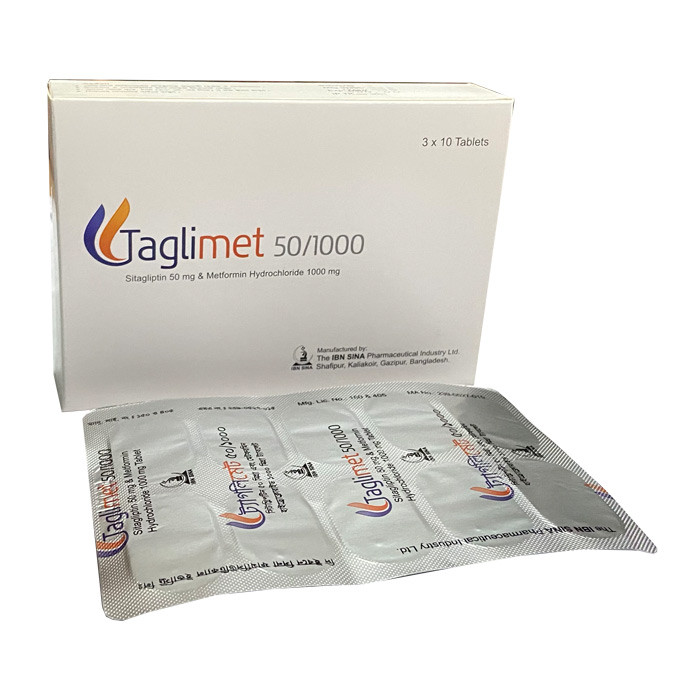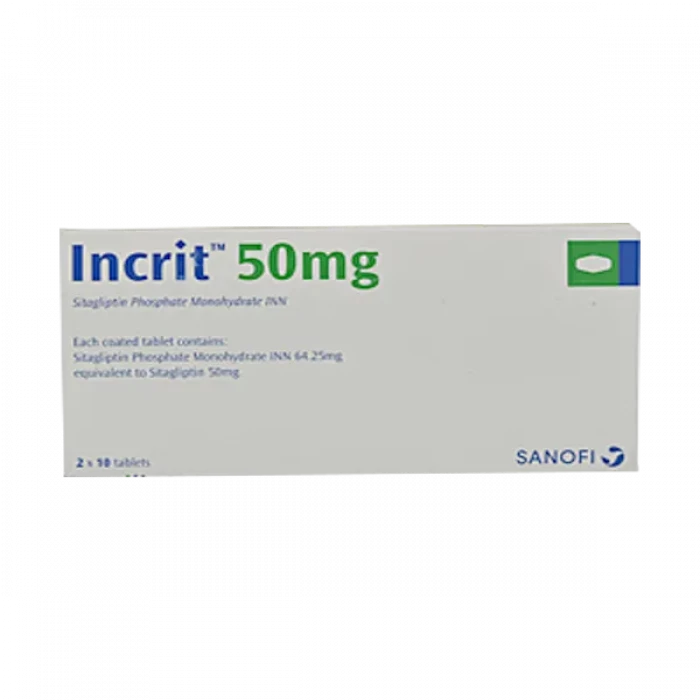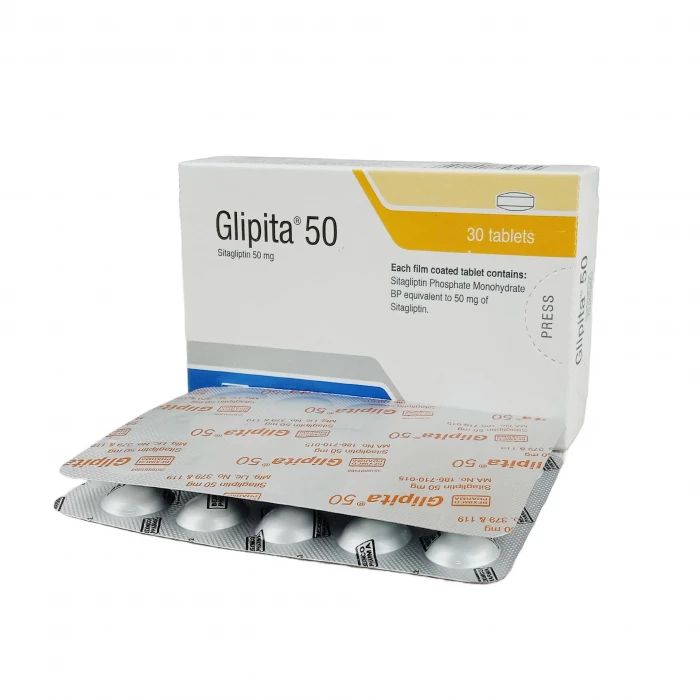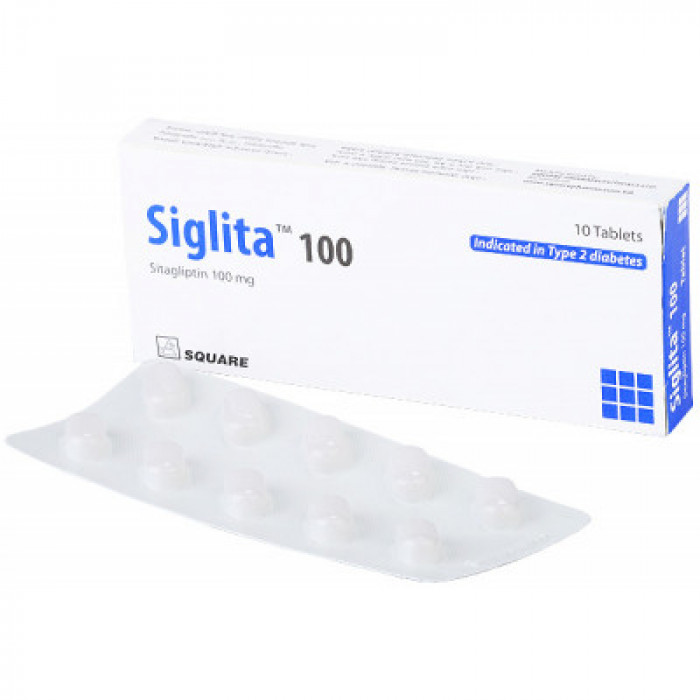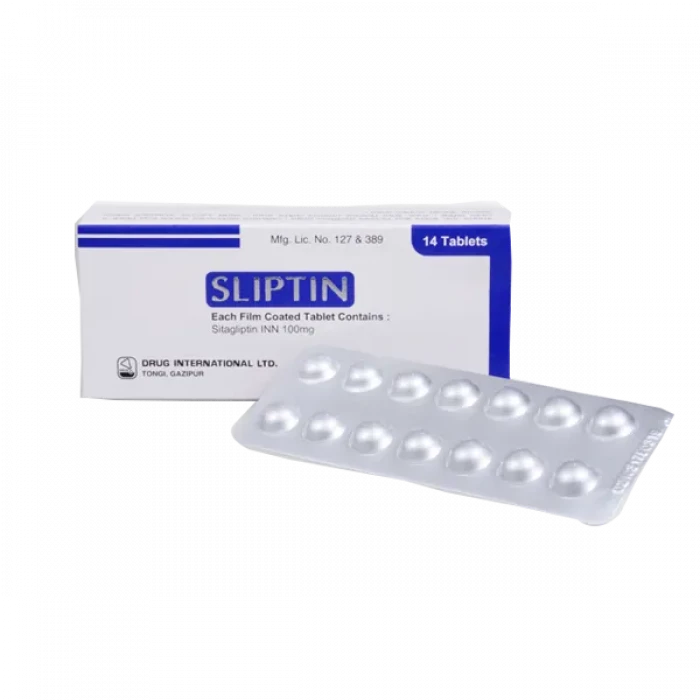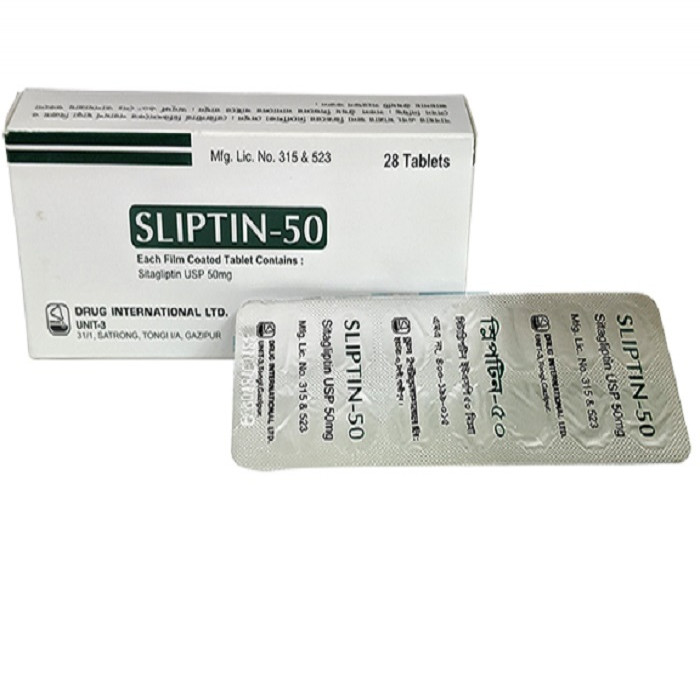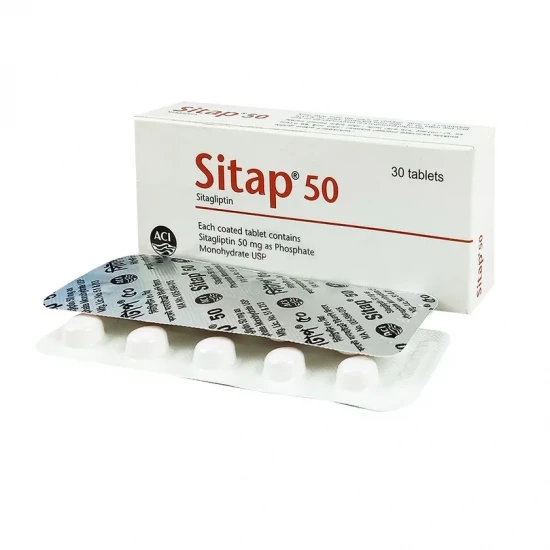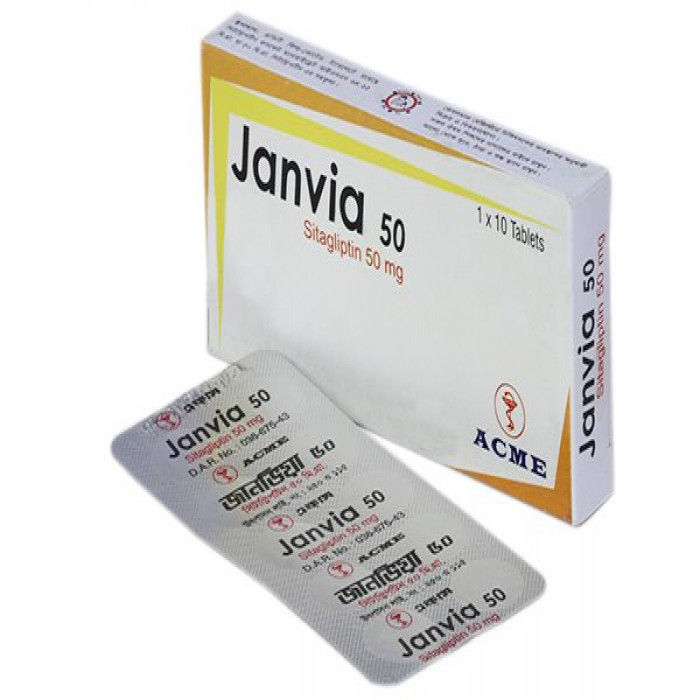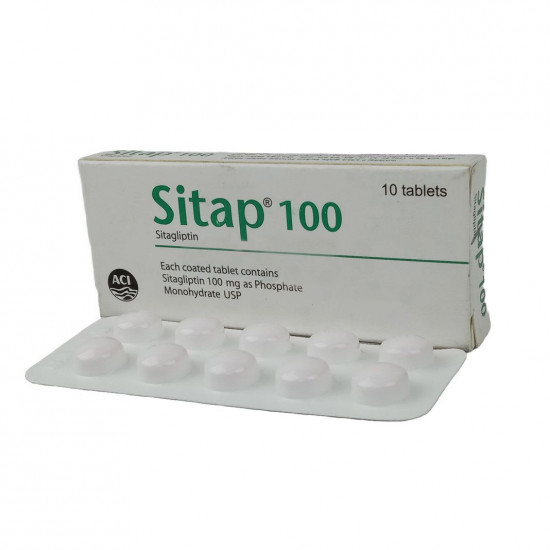
✔ 100% Authentic Product
👁️ Currently Viewing 1222
Monotherapy & Combination Therapy: As an adjunct to diet and exercise to improve glycemic control in adults with type 2 diabetes mellitus.
Limitations of Use:
Not indicated for type 1 diabetes mellitus or diabetic ketoacidosis.
Safety and efficacy have not been established in patients with a history of pancreatitis. It is unknown whether such patients are at higher risk of developing pancreatitis with Sitap.
Discount
Price: ৳ 264
MRP:
৳
281
6%
Off

100% Genuine Products, Guaranteed

Safe & Secure Payments, Always

Fast, Secure & Efficient Delivery

Proper Packaging
 Cash on Delivery - All over Bangladesh
Cash on Delivery - All over Bangladesh Regular Delivery - 12-24 Hours, Dhaka City* Charge Tk.39-59
Regular Delivery - 12-24 Hours, Dhaka City* Charge Tk.39-59 Regular Delivery - 24-48 Hours, Other Cities* Charge Tk.99-110
Regular Delivery - 24-48 Hours, Other Cities* Charge Tk.99-110
 ফ্রি ডেলিভারিঃ - ৯৯৯ টাকা+ অর্ডারে, ঢাকা
শহরে
ফ্রি ডেলিভারিঃ - ৯৯৯ টাকা+ অর্ডারে, ঢাকা
শহরে ফ্রি ডেলিভারিঃ - ২৯৯৯ টাকা+ অর্ডারে, ঢাকার
বাহিরে
ফ্রি ডেলিভারিঃ - ২৯৯৯ টাকা+ অর্ডারে, ঢাকার
বাহিরে
100% Genuine Products, Guaranteed
Safe & Secure Payments, Always
Fast, Secure & Efficient Delivery
Proper Packaging
 Cash on Delivery - All over Bangladesh
Cash on Delivery - All over Bangladesh Regular Delivery - 12-24 Hours, Dhaka City* Charge Tk.39-59
Regular Delivery - 12-24 Hours, Dhaka City* Charge Tk.39-59 Regular Delivery - 24-48 Hours, Other Cities* Charge Tk.99-110
Regular Delivery - 24-48 Hours, Other Cities* Charge Tk.99-110 ফ্রি ডেলিভারিঃ - ৯৯৯ টাকা+ অর্ডারে, ঢাকা
শহরে
ফ্রি ডেলিভারিঃ - ৯৯৯ টাকা+ অর্ডারে, ঢাকা
শহরে ফ্রি ডেলিভারিঃ - ২৯৯৯ টাকা+ অর্ডারে, ঢাকার
বাহিরে
ফ্রি ডেলিভারিঃ - ২৯৯৯ টাকা+ অর্ডারে, ঢাকার
বাহিরে
✅ Description:
Sitagliptin is a DPP-4 inhibitor that prolongs the activity of incretin hormones (GLP-1 and GIP), which play a role in glucose homeostasis.
Increases insulin synthesis and release from pancreatic β-cells in a glucose-dependent manner.
Reduces glucagon secretion from pancreatic α-cells, lowering hepatic glucose production.
Highly selective for DPP-4, with minimal effect on DPP-8 or DPP-9.
Pediatric: Safety and efficacy not established (<18 years).
Geriatric: Use with caution due to potential renal impairment. Monitor renal function regularly.
✔️ Dosage & Administration
Usual dose: 100 mg once daily, or 50 mg twice daily.
May be taken with or without food.
Renal Impairment Adjustments:
Mild (CrCl ≥50 mL/min): No adjustment required.
Moderate (CrCl ≥30 to <50 mL/min): 50 mg once daily.
Severe (CrCl <30 mL/min) or ESRD on dialysis: 25 mg once daily.
✔️ Drug Interactions
No significant effect on the pharmacokinetics of: metformin, glyburide, simvastatin, rosiglitazone, warfarin, oral contraceptives.
Digoxin: Slight increase in serum concentration, but no dose adjustment required.
✔️ Contraindications
History of serious hypersensitivity reactions to sitagliptin (e.g., anaphylaxis, angioedema).
✔️ Side Effects
Common: Headache, nasopharyngitis, upper respiratory tract infection.
Combination therapy risk: Hypoglycemia when used with sulfonylurea or insulin.
✔️ Pregnancy & Lactation
Pregnancy: Category B – use only if clearly needed.
Lactation: Excreted in rat milk; unknown in humans. Use caution in nursing mothers.
✔️ Precautions & Warnings
Pancreatitis: Discontinue immediately if suspected.
Renal impairment: Dose adjustments required.
Hypoglycemia risk: Reduce dose of sulfonylurea or insulin when used in combination.
Hypersensitivity: Post-marketing reports include anaphylaxis, angioedema, and severe cutaneous reactions (e.g., Stevens-Johnson syndrome). Discontinue if reaction occurs.
✔️ Storage Conditions
Store below 25°C, in a dry place away from light.
Keep out of reach of children.
Dispense only with a registered physician’s prescription.
⚠️Disclaimer:
At ePharma, we’re committed to providing accurate and accessible health information. However, all content is intended for informational purposes only and should not replace medical advice from a qualified physician. Please consult your healthcare provider for personalized guidance. We aim to support, not substitute, the doctor-patient relationship.




